LEARN ABOUT SEAMS AND PANELS
IN WALLCOVERINGS
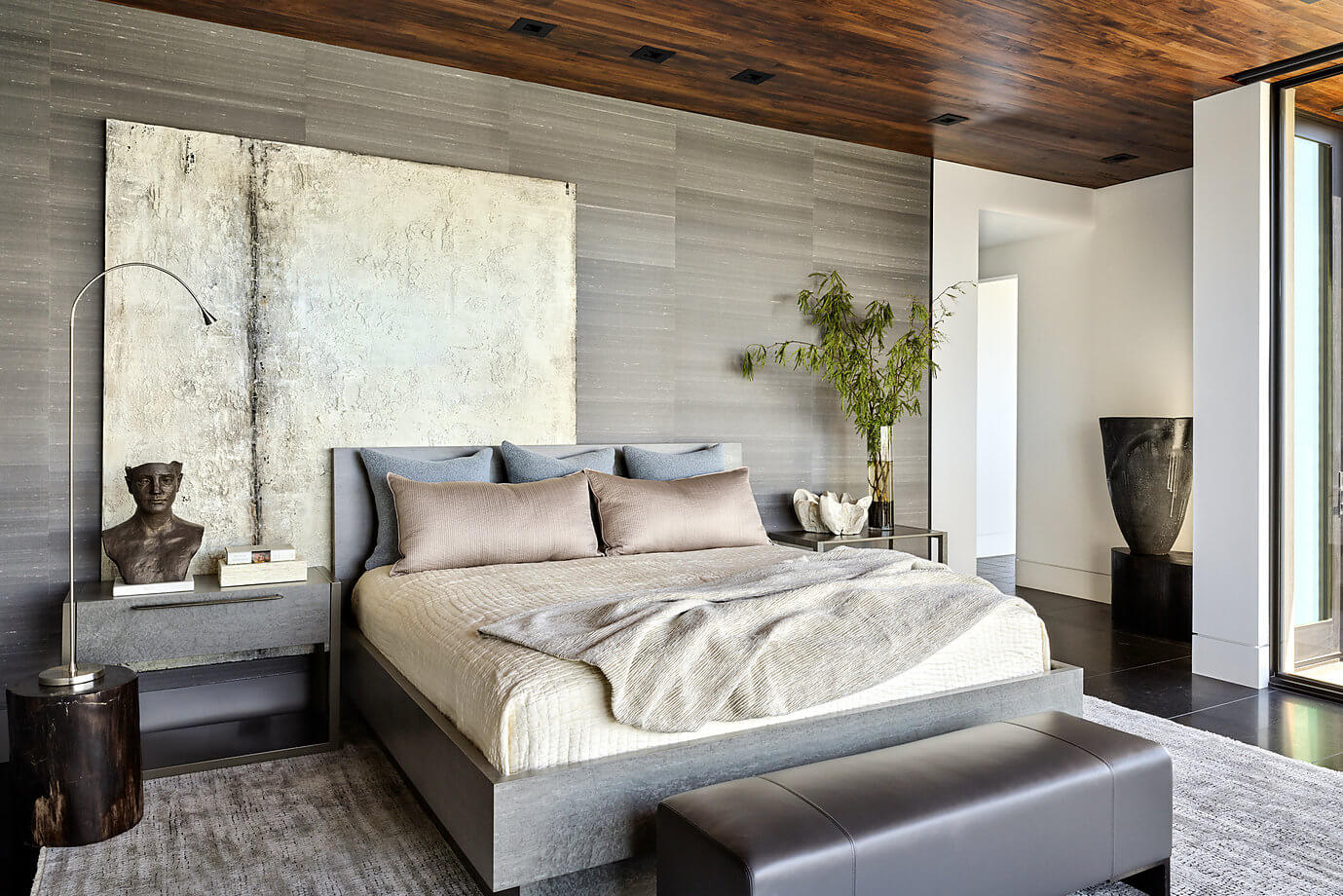
Solstice Silk
We understand that the appearance of seams is a deciding factor when selecting a wallcovering, and there is nothing worse than a disappointed client. We all work so hard to create beautiful spaces and we want our clients to be thrilled with their investment so to this end, we have created an overview that gives an indication of the final effect of the Phillip Jeffries wallcoverings once professionally installed.
Please take the time to read this article and discuss with us your desired outcome so we can ensure the product specified will meet the client’s expectations.
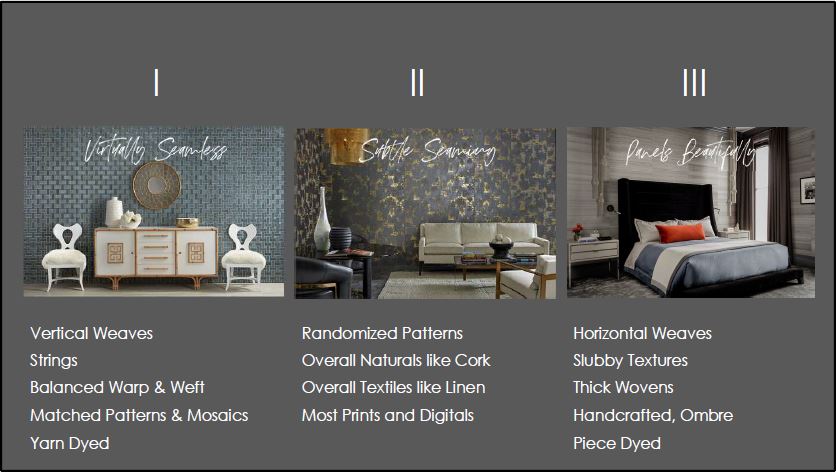
Phillip Jeffries have divided their collections into 3 seaming categories:
I – Virtually Seamless
II – Subtle Seaming
III – Panels Beautifully
They have indicated some of the factors that contribute to the appearance of seams (see image on left). We also have a seaming chart available here, but it’s important to note that within a collection a colourway can affect the appearance of seams as well. Please discuss your desired outcome with your account manager.
I – Virtually Seamless
If your client doesn’t like to see joins or paneling, you’ll want to select an item that is virtually seamless.
The image below left is an example of a Virtually Seamless collection – Amagansett Weave
This collection shows no seams for a few reasons:
- The pattern is matched
- It is an all over weave
- Machine cut and machine woven
- The paper threads are yarn dyed instead of piece dyed. Just to add a little colour here – no pun intended – the dying process affects the overall seaming for a few reasons: Yarn dyed collections utilize yarns that have been dyed in advance and the yarns are generally dyed in very large spools that can produce an entire production run of wallcovering. Because of this, the yarns are completely consistent in colour, and this consistency translates to a seamless effect on the walls.
Sitting in the Artisan Binder, we have Woven Wood (image below right) and its accompanying wood veneer patterns. Why is this collection Seamless? Mosaic collections such as these are Matched Patterns that when installed properly hide seams.
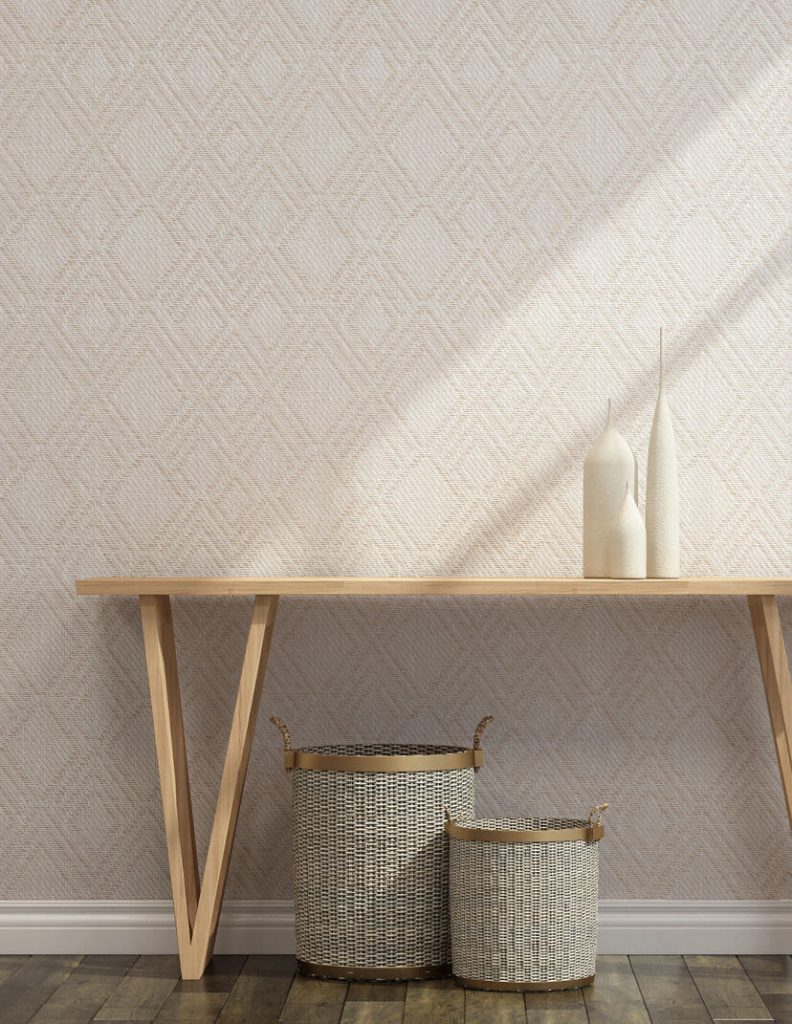
Amagansett Weave
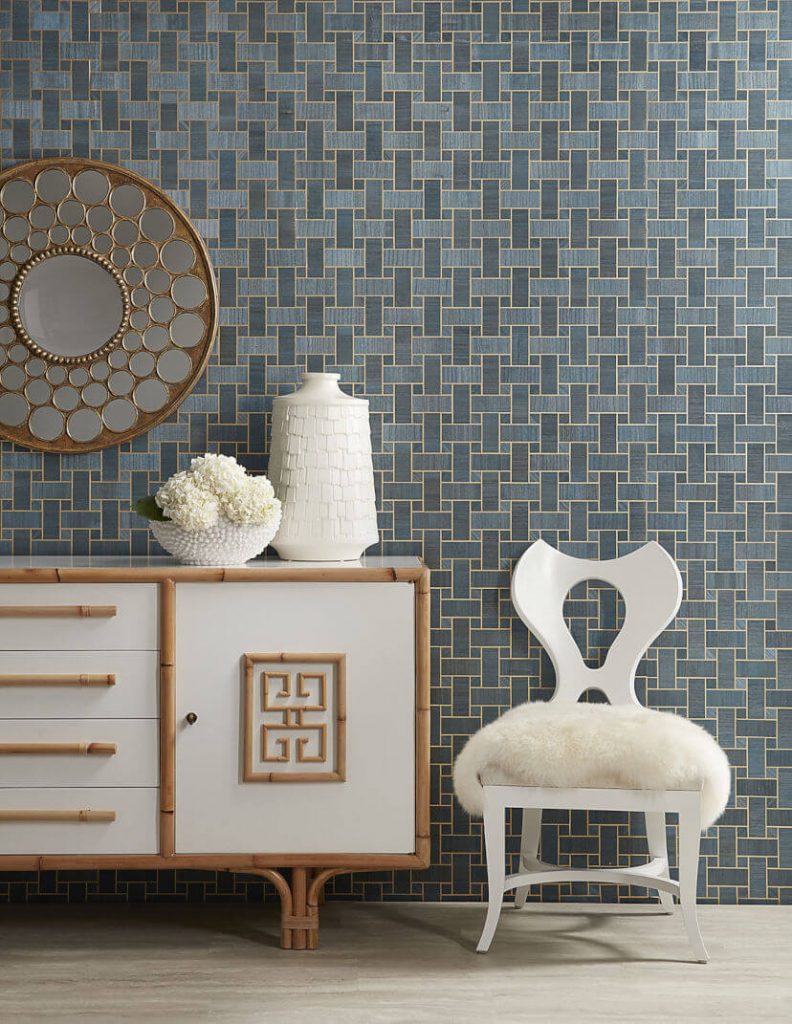
Woven Wood
Vertical weaves or patterns hide seams for a very simple reason – the seams are vertical and they blend right in. Mystic Weave (below left) is an example in the Seamless binder but some of the Vinyls and Textiles also have the vertical pattern which will hide the seams like Vinyl Shibori (below right). See the Seaming Chart for more examples.
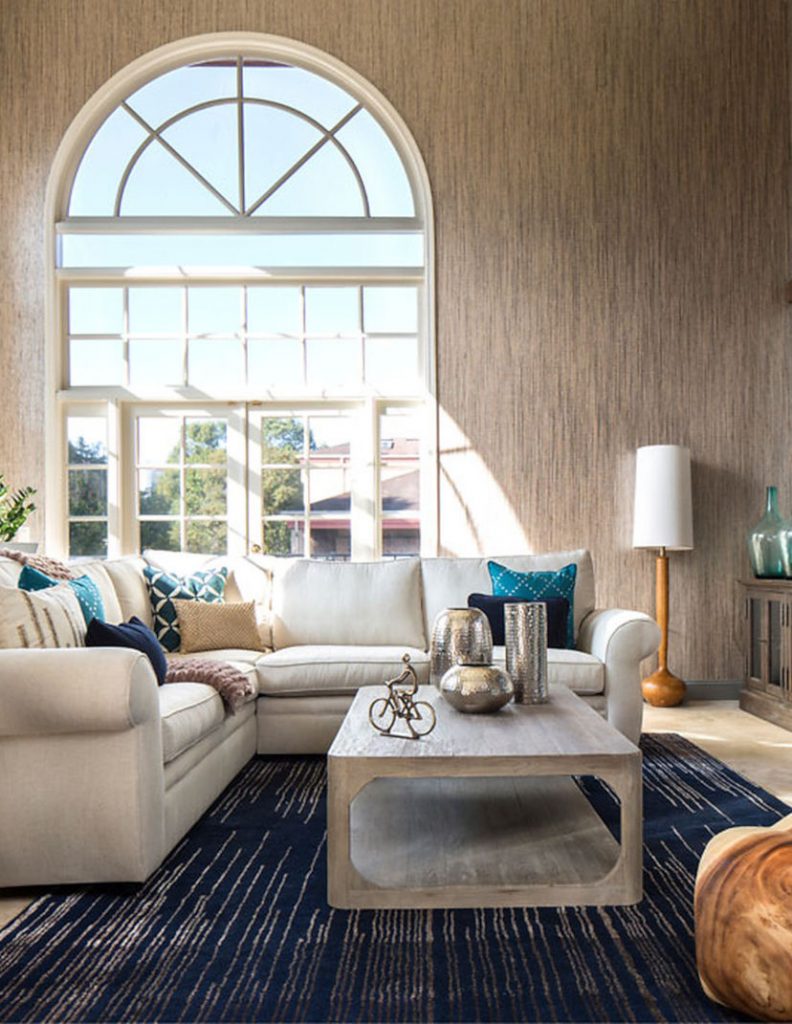
Mystic Weave
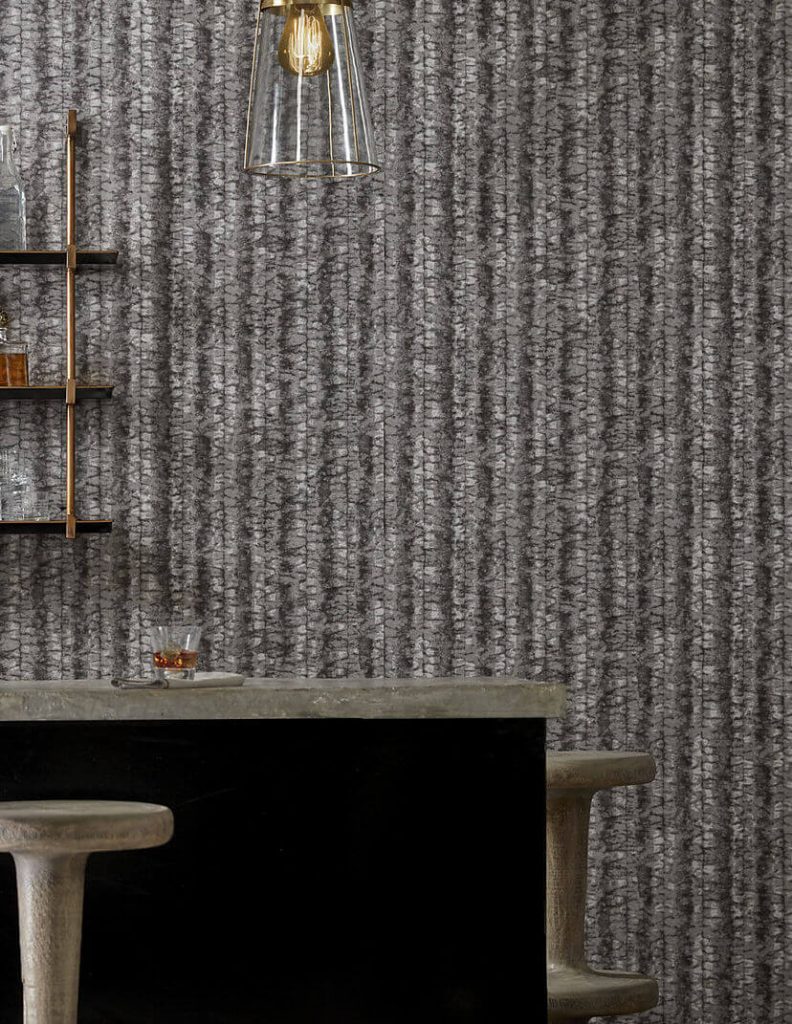
Vinyl Shibori
II – Subtle Seaming
Next up are the collections that we can’t call seamless, but their effect is so subtle that the joins rarely take centre stage. Either through a randomised pattern, an all over but unmatched texture, or a print – these collections have SUBTLE SEAMING. You’ll find many of the handmade items here, because the touch of the human hand creates natural and beautiful variation.
A great example of this is the Enlightenment pattern (below left). Because the texture is randomised and unmatched, the joints are unmatched, and there is a subtle panelling as they join.
Another great example is the Tweed collection. Again this is an all over pattern that isn’t intended to line up perfectly from strip to strip. Additionally, because there is a thicker texture to many of these textiles, the seams are just somewhat apparent. You can find more examples of these in the Seaming Chart.
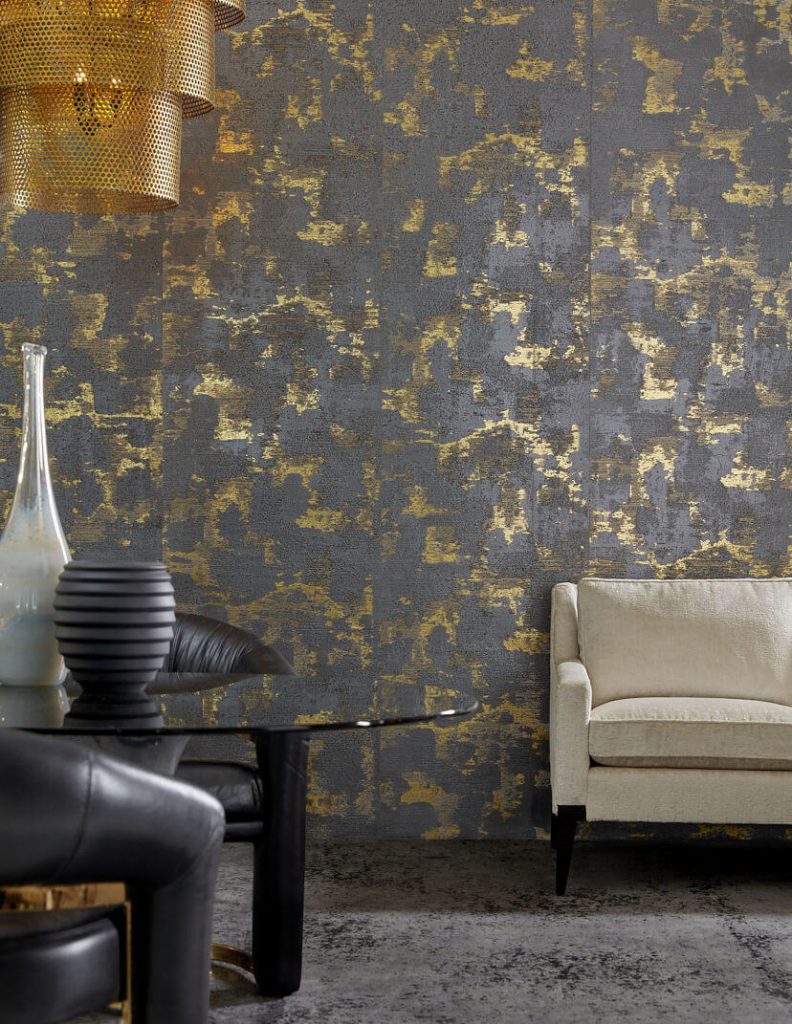
Enlightenment
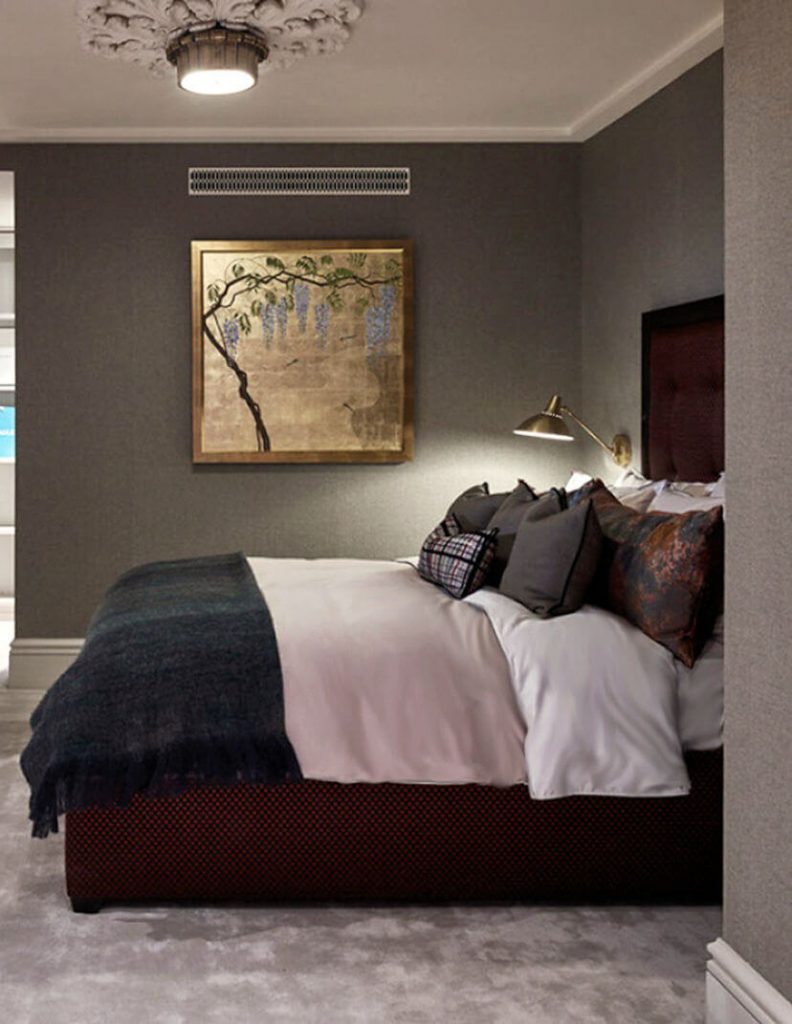
Tweed
III – Panels Beautifully
Moving on to the moody and powerful collections known to PANEL BEAUTIFULLY. One of the most clear indications that a wallcovering will panel beautifully is it’s weave structure.
A HORIZONTAL weave will create the illusions of panels because the structure is running completely perpendicular to the seam. Where a vertical structure plays into the seam and dissolves the seam, the horizontal structure literally creates an intersection from edge to edge, creating the dramatic look you see in the Silk (below left).
Your client may love this, your client may not – the key for us all is to ensure WELL before purchase and delivery, let alone install, that
they have a clear understanding and expectation on their purchase.
Another example, yet more subtle, is the Manila Hemp in a medium tone (below right). Remember how we said colour will play a role in seaming? Well, we have found that in these collections where the horizontal character is the main feature, that a lighter colour collection will seam and panel less than a darker colour. Manila Hemp- Petal is just about mid-range, and you can see that this panels beautifully, but isn’t completely dramatic.
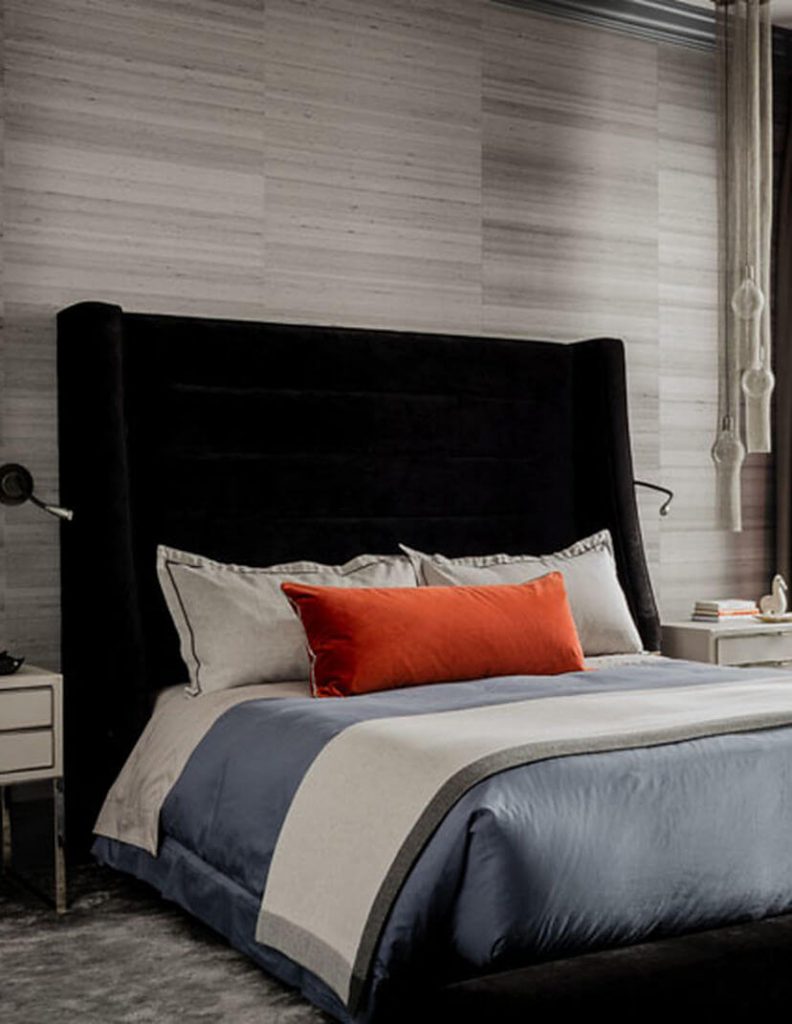
Star Dust Silk
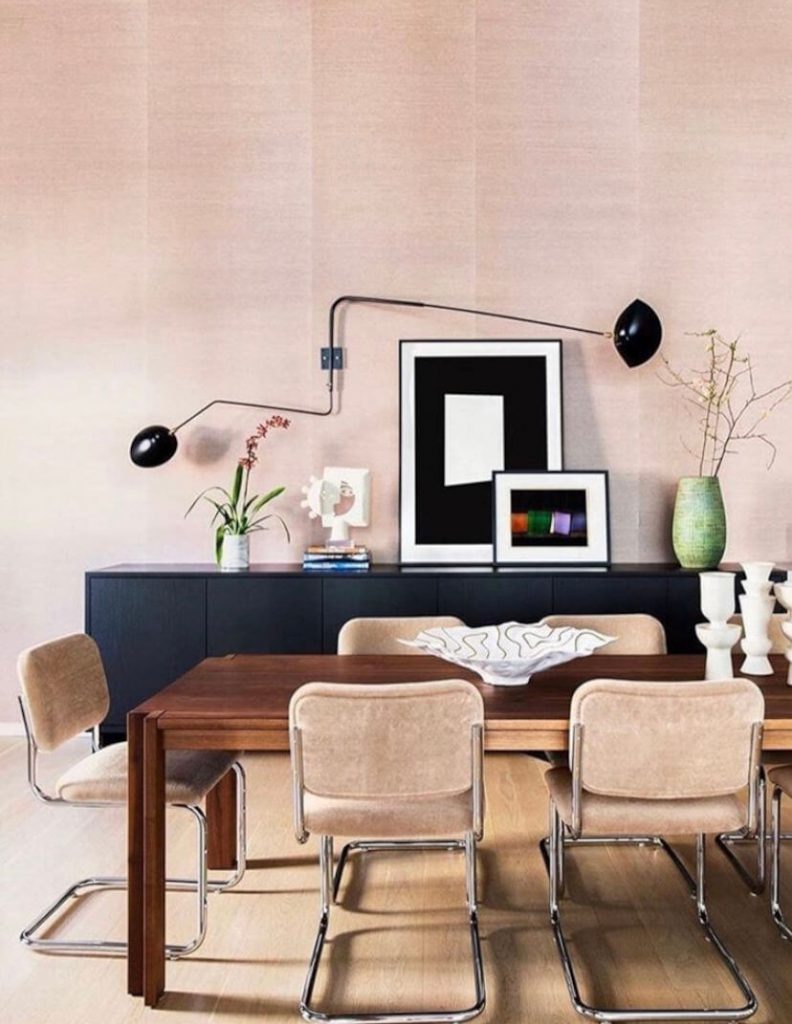
Manila Hemp
Another horizontal weave is Wabi Sabi Walls (below left). In addition to being horizontal, this collection also features beautifully fractured and irregular pieces that are thick. These characteristics will also contribute to the paneling effect.
And everyone’s favourite – Metallic Ombre! This collection panels beautifully because each and every panel is crafted with care by the human hand. Also due to the undulation of the pattern, there are joins where these intentionally unmatched panels meet. Check out the seaming chart for more examples of collections that PANEL BEAUTIFULLY
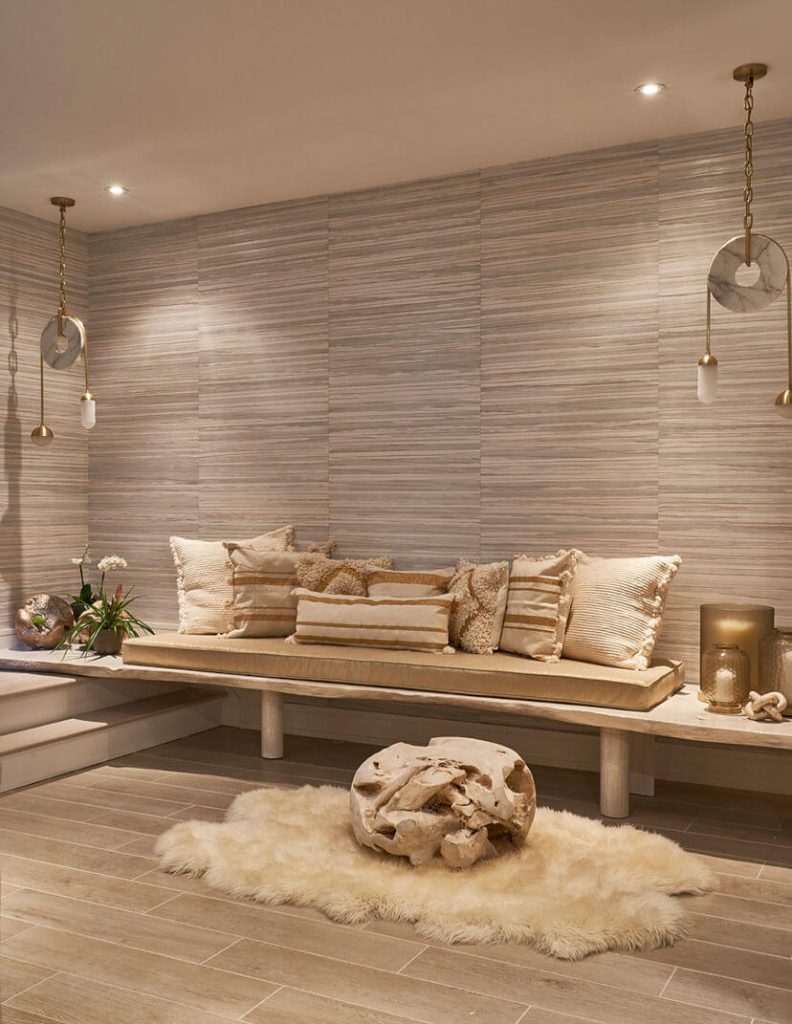
Wabi Sabi Walls
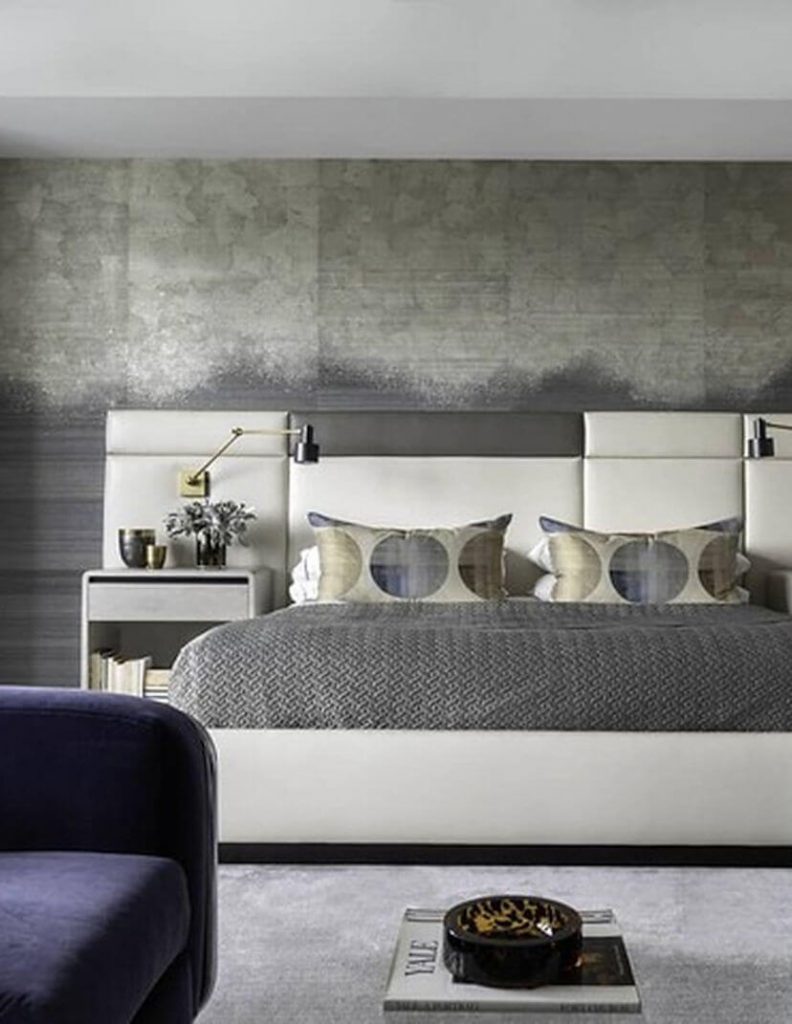
Metallic Ombre
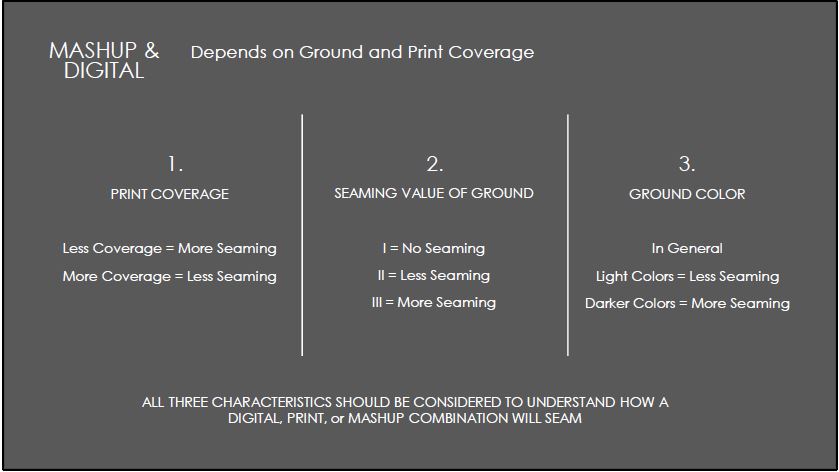
Prints, Digitals, and Mashups.
Lastly, we are going to take a detour and explore the Prints, Digitals, and Mashups. Because PJ can print on such a large array of grounds, the amount of seaming really comes down to each SKU, and the amount of SKUS available in Mashup is essentially INFINITE. While this is great for the client, it makes it harder to assign a seaming value. So, PJ have constructed a few guidelines (see left) that will help you understand what is affecting these variations below, but please discuss with us if you need further clarification.
For more info on how to ensure a great wallcovering install, please read our article here
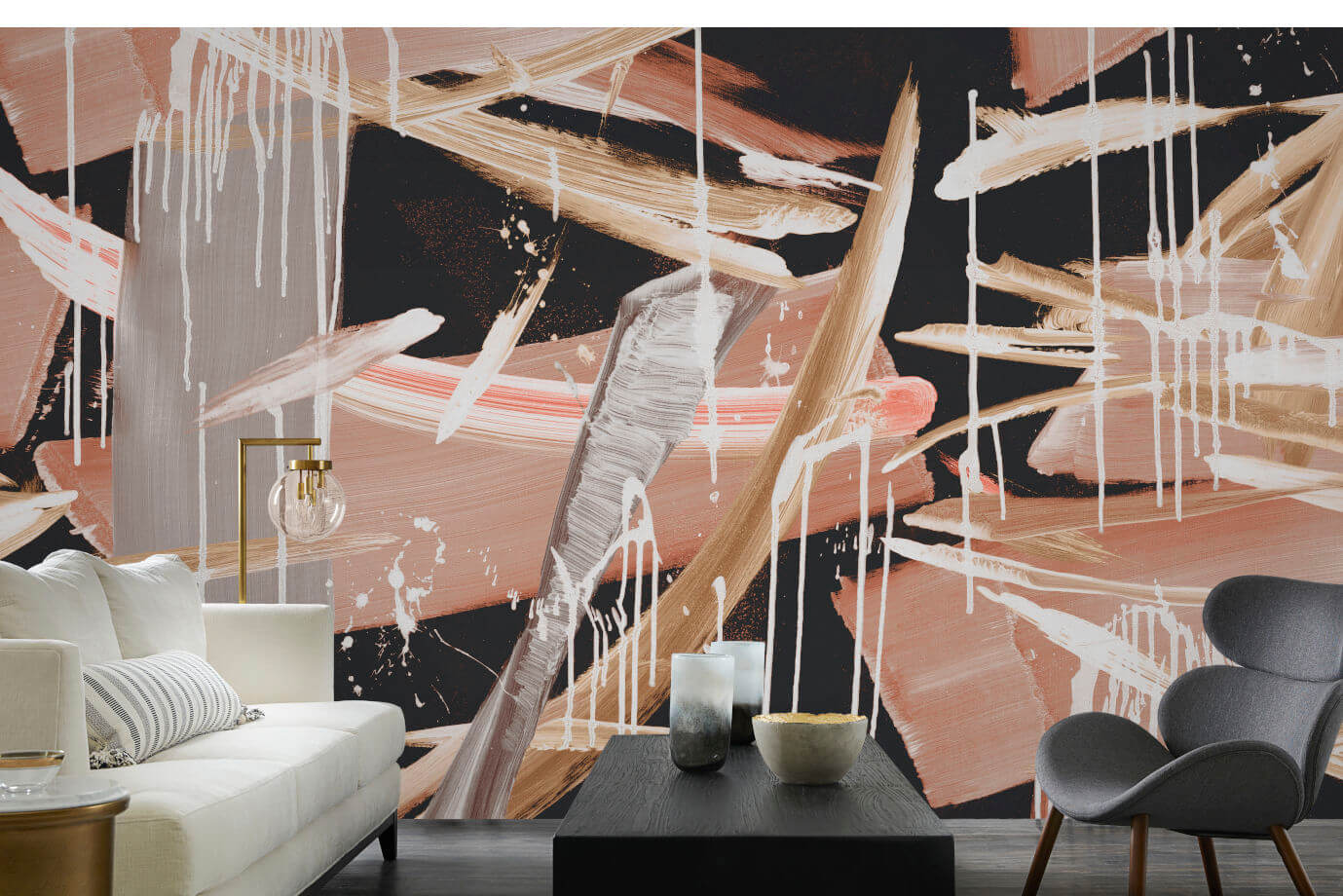
Splash



